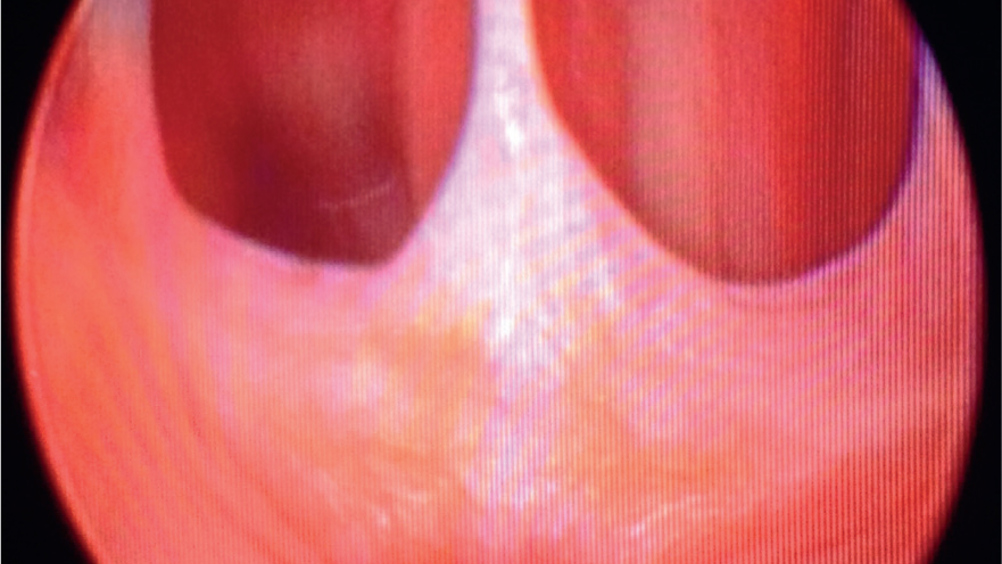References
Canine urinary incontinence: diagnosis and treatment

Abstract
Canine urinary incontinence is a common presentation in small animal practice. The care required by the owners at home should not be underestimated as a number of these dogs are presented by owners with a request for euthanasia. Many of the causes of incontinence are treatable, so the veterinarian and veterinary nurse should perform a thorough investigation in order to obtain a diagnosis and instigate appropriate therapy. This article outlines the initial approach to an incontinent dog and discusses the specific diagnostics and treatment options available and nursing care required.
Urinary incontinence is defined as the involuntary passing of urine (Gear and Mathie, 2011). It is a condition commonly encountered in small animal practice, and can be associated with anatomical, physical, inflammatory and neurological disorders (Holt, 1983; Nelson and Couto, 2008). The causes of urinary incontinence are seldom life threatening, but the management of such conditions can be extremely hard work and require a lot of patience from owners. Consequently, a lot of owners request euthanasia. To prevent unnecessary and potentially premature euthanasia of an otherwise relatively healthy dog, it is important to identify the cause and any concurrent issues that may be contributing to the problem and making it worse, so that appropriate treatments may be started, and signs and symptoms eased. This should be done promptly and systematically.
To understand how a dog becomes incontinent it is important to first understand the physiology of normal micturition (the act of urinating). Urinary continence requires coordination between the urinary bladder and the urethral sphincter mechanism to allow the passive storage and active voiding of urine (Nelson and Couto, 2008). There are two phases of micturition: the storage phase and the voiding phase.
Register now to continue reading
Thank you for visiting The Veterinary Nurse and reading some of our peer-reviewed content for veterinary professionals. To continue reading this article, please register today.

